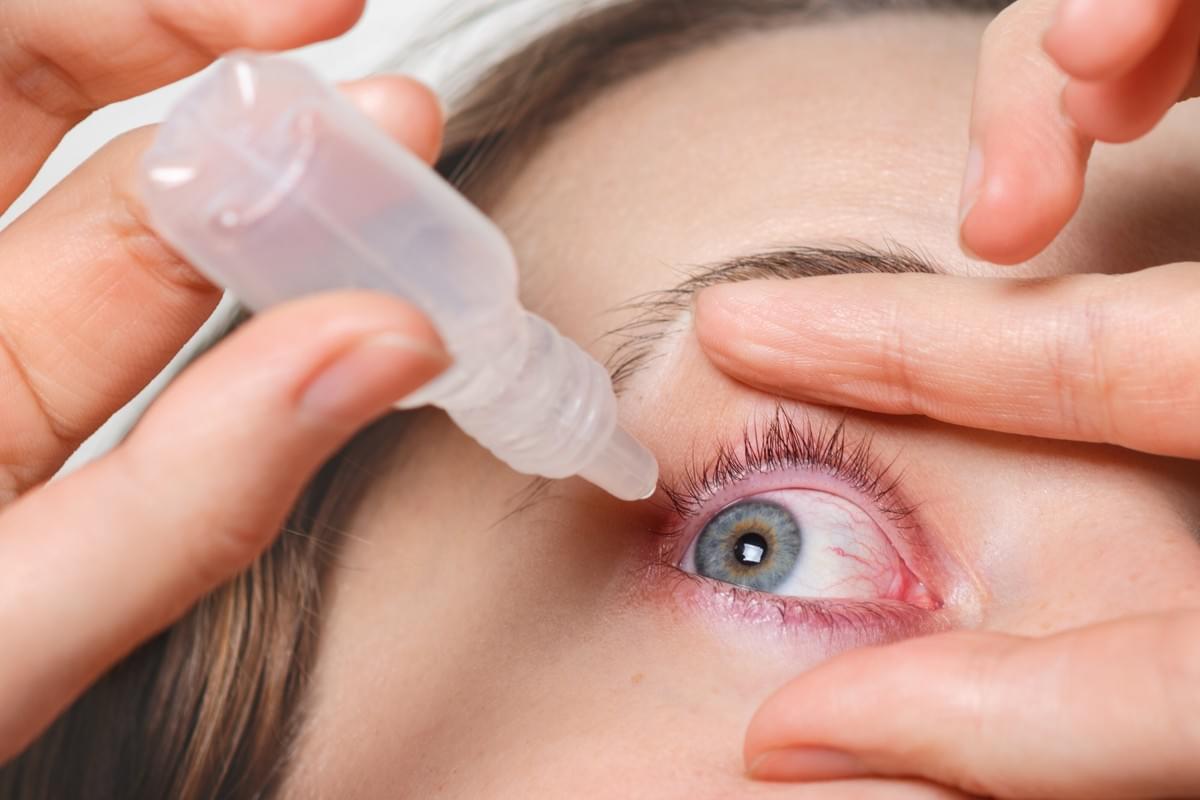
The main cause of dry eye disease is meibomian gland dysfunction. Traditional therapies have failed to provide consistent results and have left patients and physicians frustrated and in pain. However, new techniques are now available for the treatment of dry eye disease. These therapies are aimed at treating the underlying condition and alleviating the symptoms. These methods are both safe and effective. If you suffer from dry eyes, you should visit your doctor for a comprehensive assessment.During a visit to an eye doctor, he will evaluate your vision and conduct specific evaluations. Depending on the type of dry eye, the eye doctor will devise a treatment plan based on your individual needs. It is vital to follow your doctor's instructions. It is also important to monitor your response to treatments and report changes as needed. In addition, it is important to monitor how your eyes respond to each treatment, since different treatments will produce different results. This website has detailed info about the top eye doctor to choose.
If you're worried about the symptoms of dry eye, you should consider some prescription and non-prescription medications that increase the risk of dry eye disease. Examples include antihistamines, birth control pills, and blood pressure medication. Another cause of dry eyes is incomplete eyelid closure, also known as lagophthalmos, which can lead to corneal ulcers. Other causes of lagophthalmos include nerve damage, infection, and natural aging.There are several ways to treat dry eye disease, and the most common is to moisturize your eyes using artificial tears.
There are many moisturizing eye products you can purchase over the counter. If you're experiencing severe dry eye symptoms, you may need to seek prescription medicines such as cyclosporine (Restasis) and lifitegrast (Xiidra). Some patients have severe cases of MGD, which can eventually result in the meibomian glands atrophy. Low humidity can also be a factor for the development of dry eye syndrome.The best way to treat dry eye is to visit an optometrist or ophthalmologist for a consultation. A doctor can provide you with a personalized treatment plan based on your unique symptoms and lifestyle. Don't wait until the symptoms are so severe that you can no longer function in your job or school. Call your local Dry Eye Professional and get the necessary treatment. Make sure to find a partner who will walk with you on this journey. This link www.mycorneacare.com/dry-eye-disease/ sheds light into the topic, so check it out!
To diagnose dry eye, look for signs of inflammation on the patient's face. Ocular rosacea is usually associated with blepharitis and is a sign of dry eye. The blinking rate and completeness of the eyelids may also be indicators of a dry eye condition. If the symptoms are present, your doctor will try to identify the cause of the problem. A few treatments may be necessary to alleviate the symptoms. Check out this related post to get more enlightened on the topic: https://en.wikipedia.org/wiki/Eye_disease.